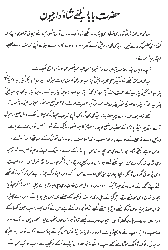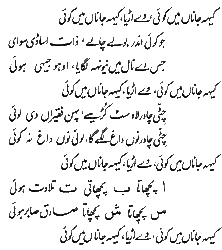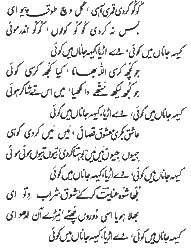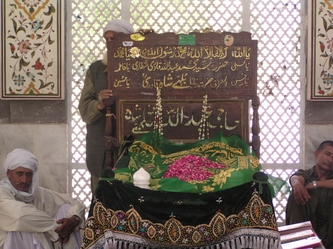HAZRAT BABA BULLAHE SHAH
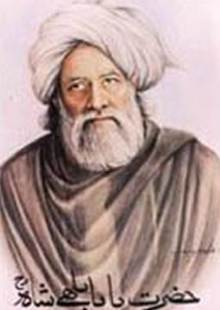
- Bulleh Shah (1680-1758) and Mir Taqi Mir (1723-1810) shared the same time and space - eighteenth century Northern India - and were amongst the major poets of their respective languages. They had both lived during the time just before the proliferation of the printing press, state-sponsored educational institutions and standardized textbooks. Today, it is hard to find an educated Pakistani with any level of interest in literature who doesn't have some appreciation of Mir Taqi Mir's poetry. It is equally hard to find someone in that privileged group who knows much about Bulleh Shah.
- The literary fortunes of Mir Taqi Mir and Bulleh Shah symbolize the far-reaching consequences of the British Government's educational policies in Punjab. There Urdu was chosen to become, and in Pakistan's Punjab of today still continues to be, the medium of instructions in government schools.
- Mir Taqi Mir's poetry, riding the wave of mass literacy, not only became a household name among the Urdu speaking populace but also crossed the linguistic boundaries over to the Punjab. In this province too school and college students for the last 150 years have been learning to appreciate the exquisite compositions of his ghazals. Bulleh Shah's poetry, on the other hand, was almost forgotten. It was never introduced in the classrooms and hence missed the opportunity to reach and touch the minds and souls of generations of Punjab's educated elite.
- Most of what we know about Bulleh Shah's life has come to us through unreliable anecdotes and folklore. The limited authentic historical record, based on sporadic references to events of his life in his poetry and in the writings of his contemporaries, is barely enough for a brief sketch of his life.
- He belonged to a Syed family and was born in 1680, in a small village, Uch Gilania, in Bahawalpur. His father's name was Sain Mohammad Darvesh and his own real name was Abdullah. When he was six years old, his family moved to Kasur where he got his formal education from Maulvi Ghulam Murtaza, who was the Imam of the main mosque in Kasur.
- For a while after completing his education, Bulleh Shah taught at the same mosque. He then became a murid of Inayat Shah Qadri, a famous saint of Qadirya school of sufis in Lahore, who belonged to the Arain caste. Bulleh Shah had to face the resentment and taunts of his family and other Syed friends for accepting the spiritual guidance of a non-Syed. The poetic response from Bulleh Shah rejected his critics' false concept of inherent superiority and nobility of any caste and set the pattern of his lifelong challenge to accepted norms:

